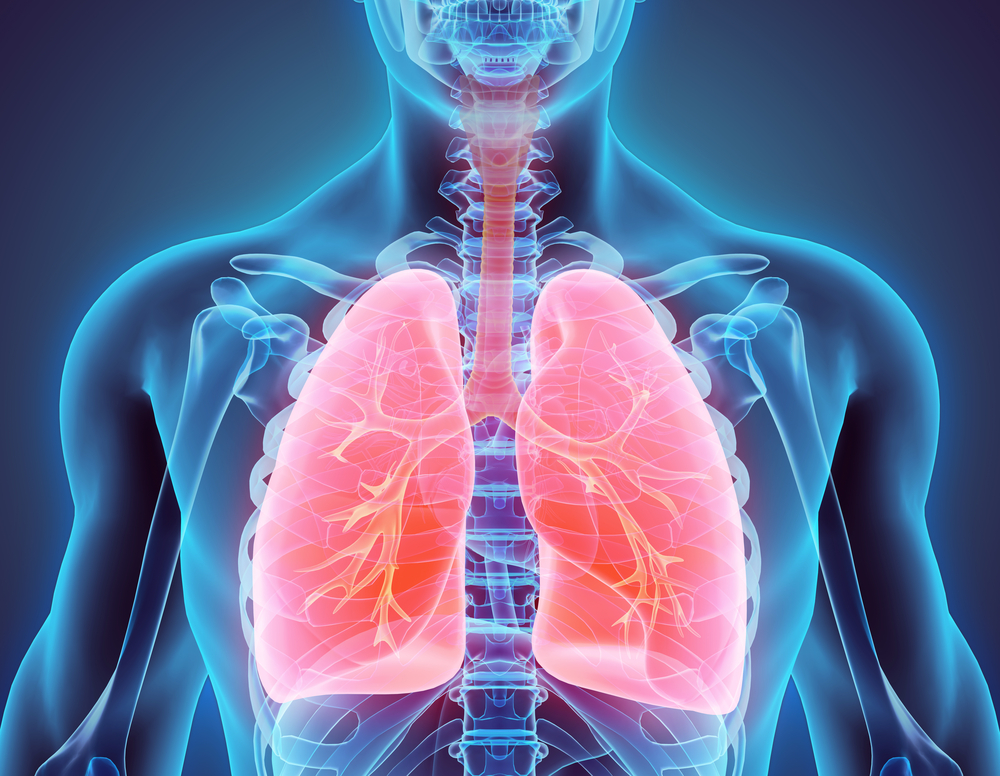Dichloroacetic Acid Improves Pulmonary Hypertension Patients’ Lung Function, Study Shows

A compound that scientists have been examining as a cancer therapy reduced blood pressure in pulmonary hypertension patients’ lungs, according to a clinical trial.
Researchers tested the therapy, dichloroacetic acid, in 20 patients with pulmonary arterial hypertension, or PAH. Although all responded, some with particular gene mutations failed to respond as well, researchers said. This finding suggested that scientists consider a precision medicine approach to treating PAH.
The study, “Inhibition of pyruvate dehydrogenase kinase improves pulmonary arterial hypertension in genetically susceptible patients,” was published in the journal Science Translational Medicine.
Scientists have long known that mitochondria — the cells’ power factories — fail to function properly in patients with PAH. This leads to the cells lining the blood vessels of lungs growing uncontrollably, skirting a cell death mechanism called apoptosis that the body uses to eliminate damaged cells.
As the cells continue to grow, they ultimately narrow the lung’s blood vessels, increasing their resistance to blood flow. To overcome this, the heart has to make an extra effort to pump blood into the lungs.
Researchers at Imperial College London and the University of Alberta in Canada discovered higher levels of the mitochondrial enzyme PDK in the tissue samples from PAH patients than in samples from healthy controls.
They gave PAH patients – who were already taking approved therapies for their condition – dichloroacetic acid, which other studies had shown inhibits mitochondrial PDK.
The treatment increased patients’ mitochondrial function. This led to a decrease in lung blood vessel pressure and resistance, improving lungs’ ability to function.
But the response to dichloroacetic acid varied from patient to patient. Those who failed to respond as well had mutations in two genes encoding the production of mitochondrial proteins.
The results supported the notion that scientists might be able to develop tailored therapies for PAH, based on patients’ genetics. The findings also identified PDK as a potential target for developing a treatment for PAH.
“This is a great example of precision medicine, where the patients’ genes can be used to predict the effectiveness of a drug in a particular patient,” Martin Wilkins, a professor in the Department of Medicine at Imperial College, said in a press release.
“This work will be important for the design of future trials,” said Wilkins, a co-lead author of the study. “It means we could spare patients with these gene variants from being recruited to a study which they may not benefit from. By focusing on patients that have a greater chance of improvement, we can increase the efficiency and decrease the cost of trials.”
“This is the first time that a drug targeting mitochondria is shown to be effective in patients with PAH,” added Evangelos Michelakis of the University of Alberta, the other co-lead author.







